Stellantis developing hydrogen fuel cell light commercial vehicle; partnership with Faurecia and Symbio
Green Car Congress
APRIL 6, 2021
Stellantis is developing a hydrogen fuel cell powered light commercial vehicle (LCV) in addition to its battery-electric offerings. Fuel cell technology can fulfill customer range expectations combined with towing and payload capacity, the company said. More than 400 km (249 mile) range. Less than 34-minute refueling.

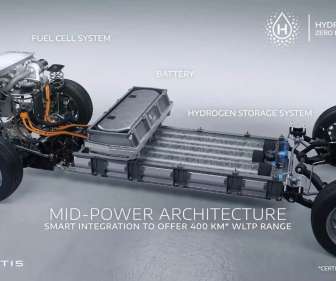
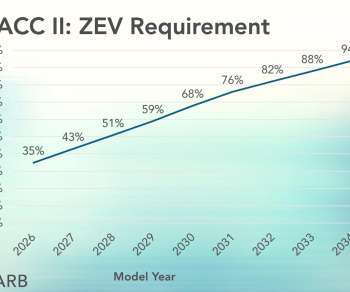






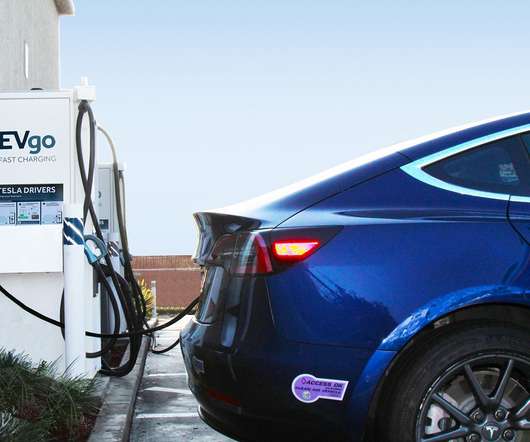
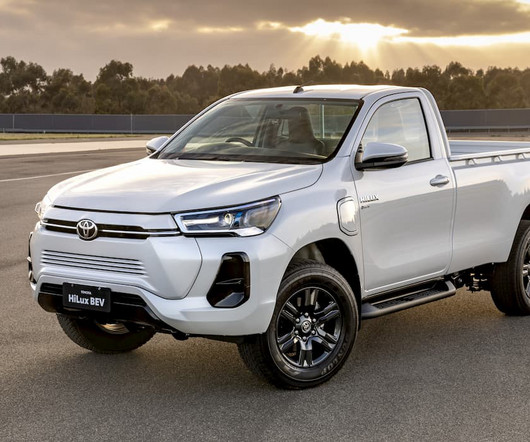

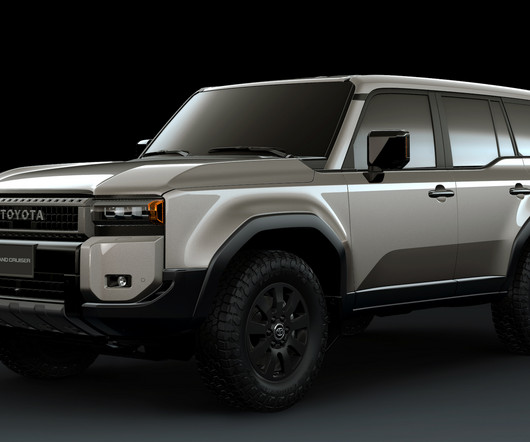

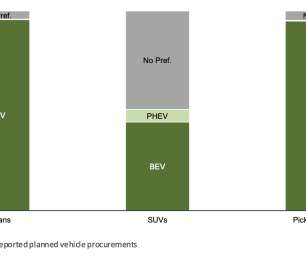





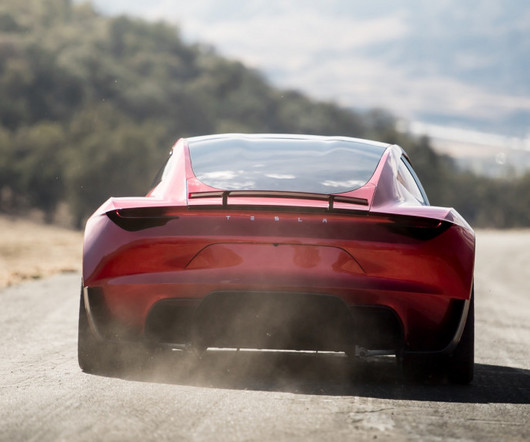





















Let's personalize your content